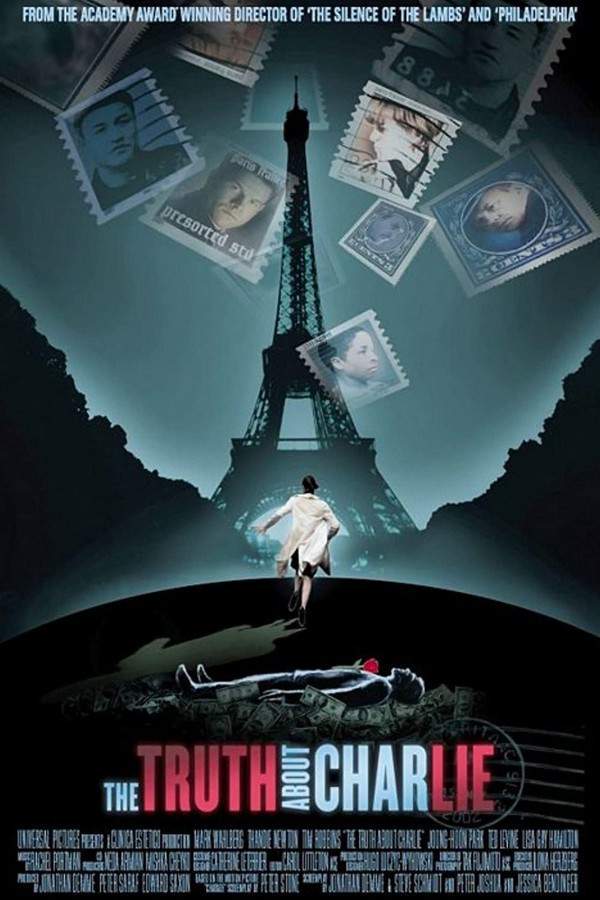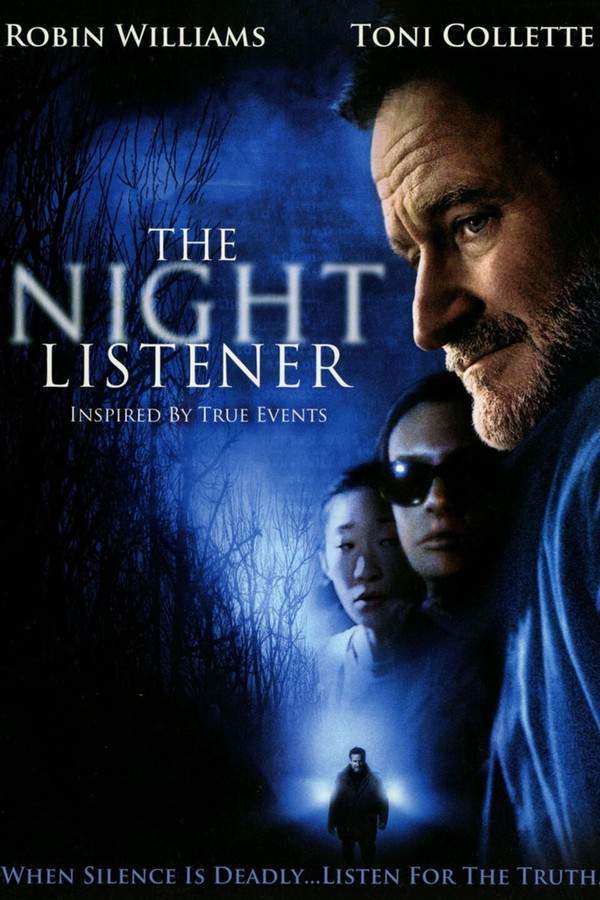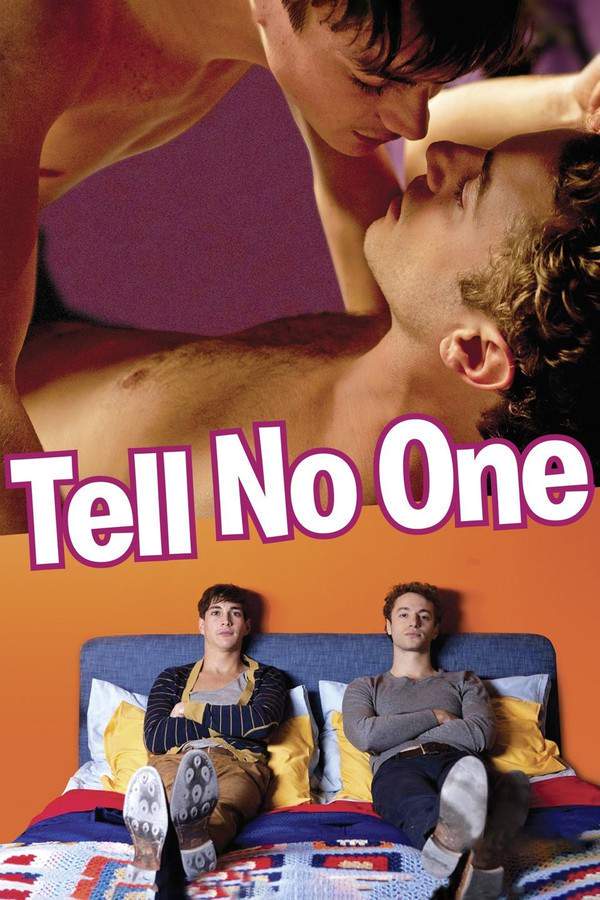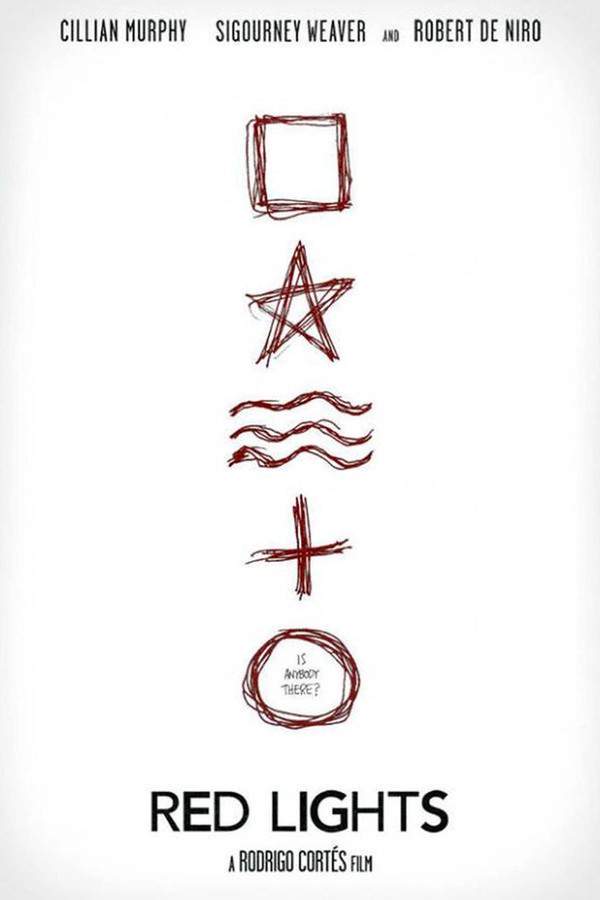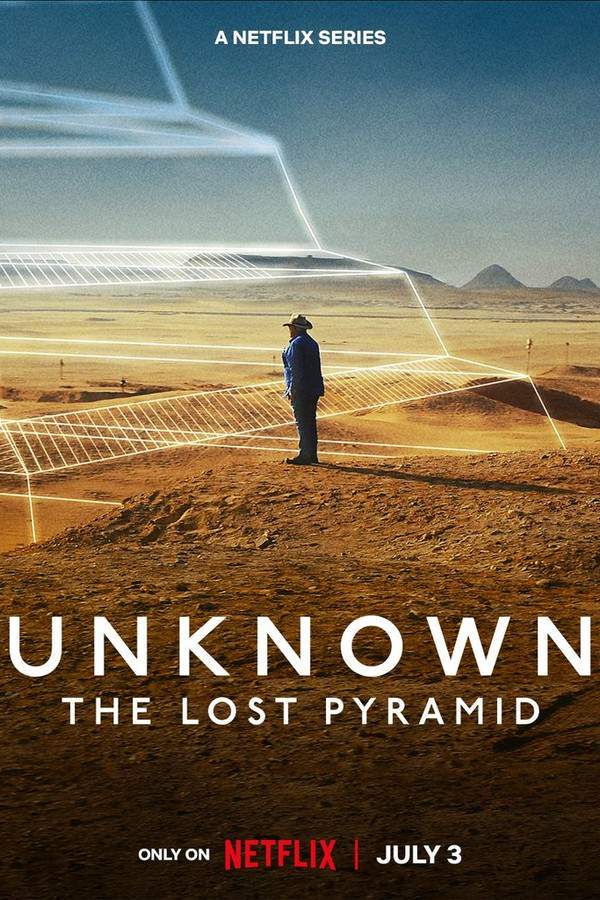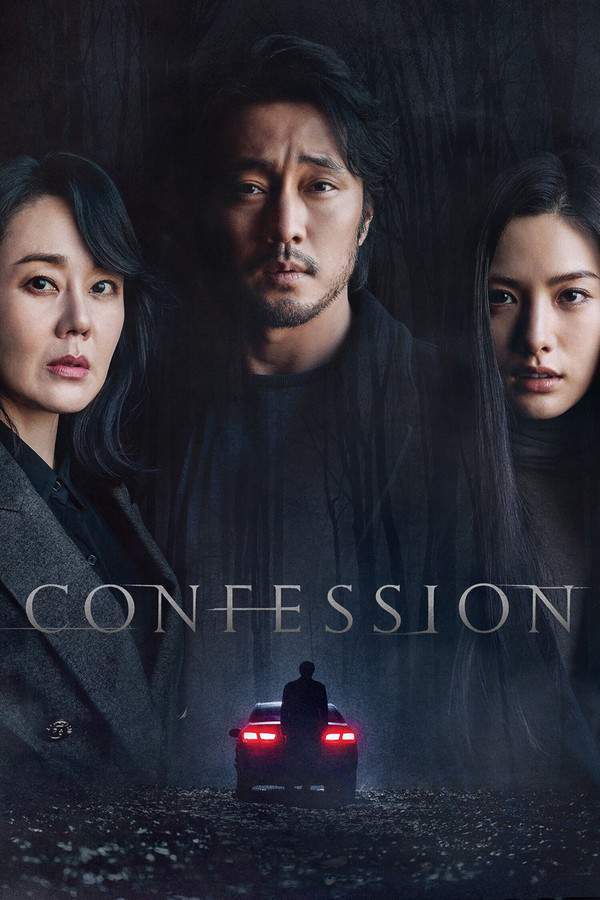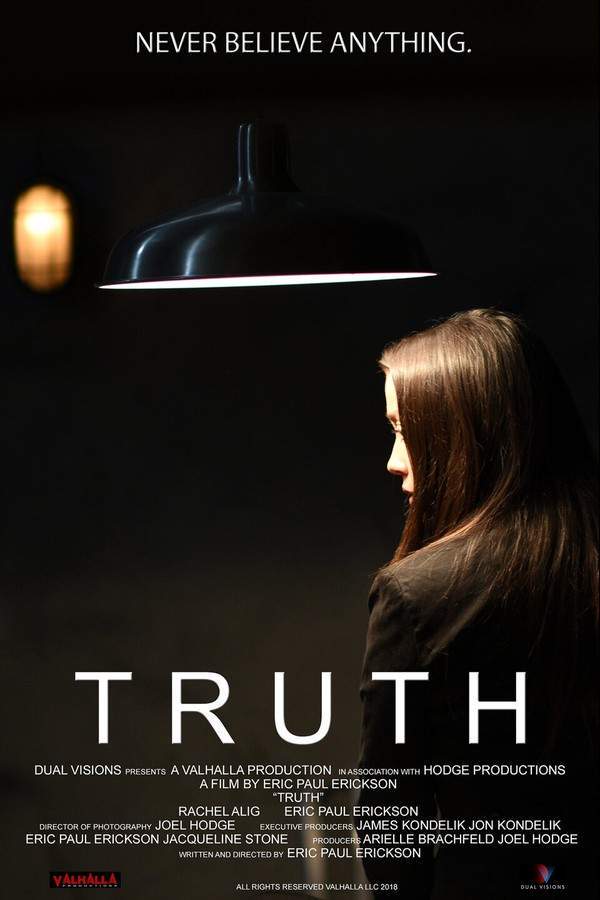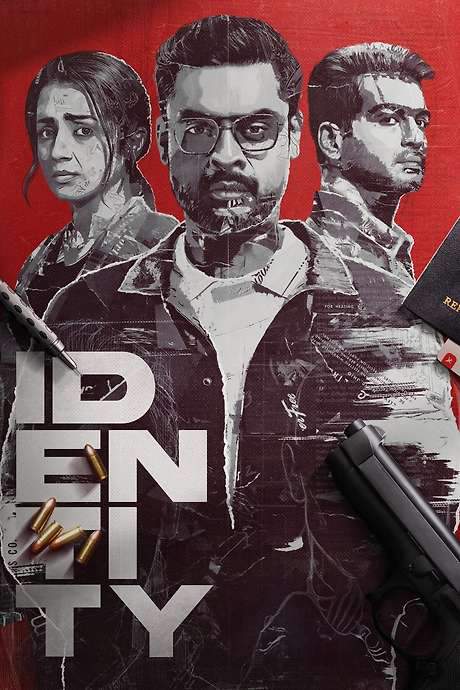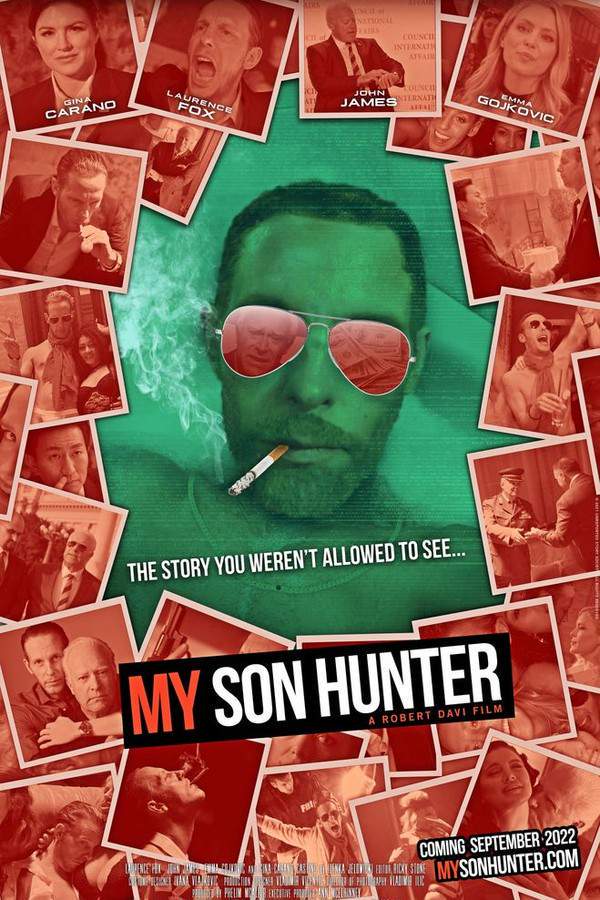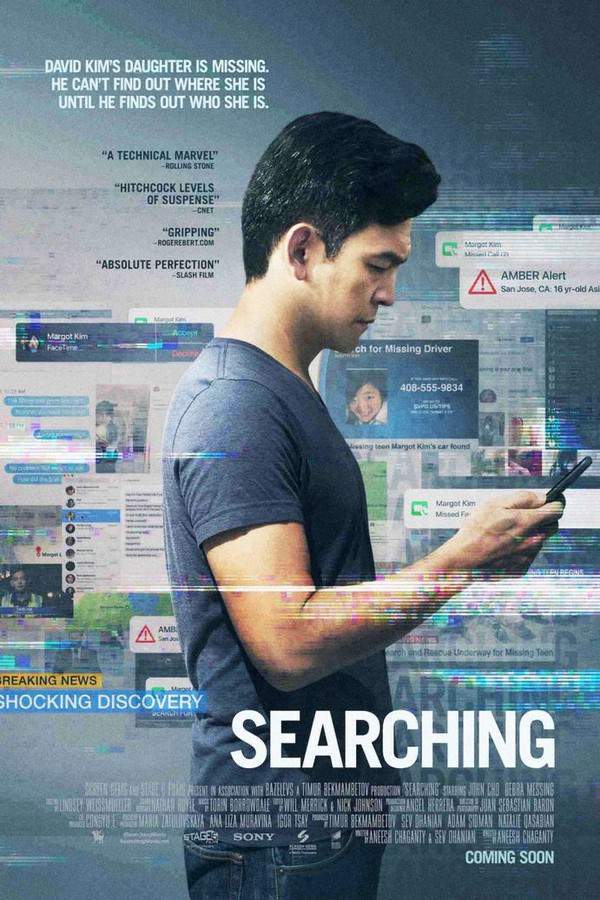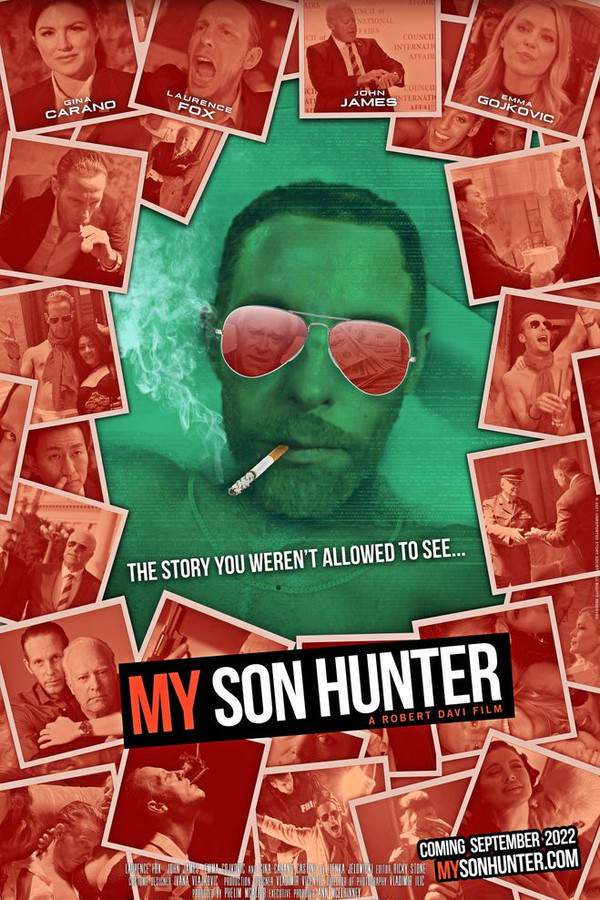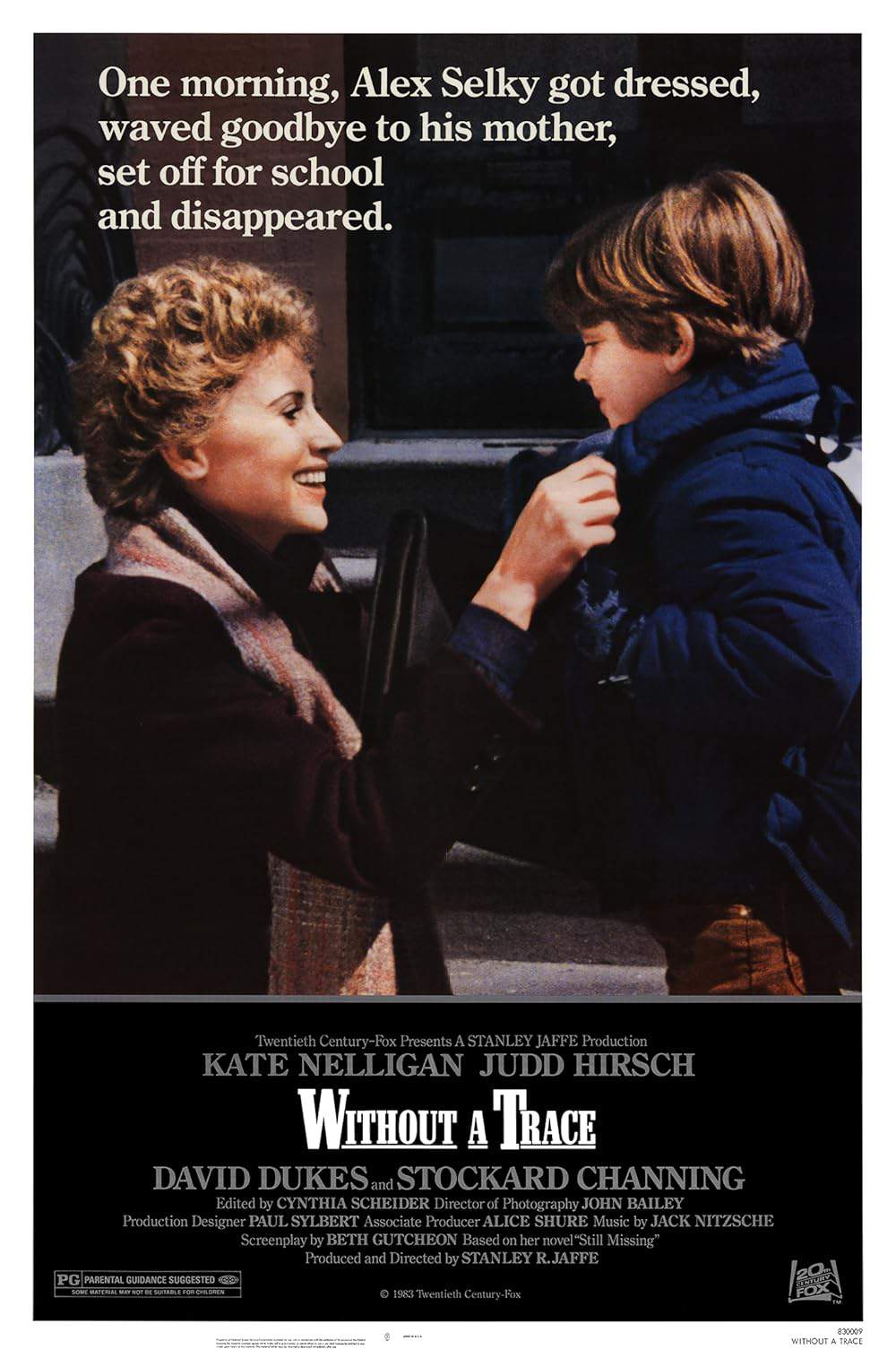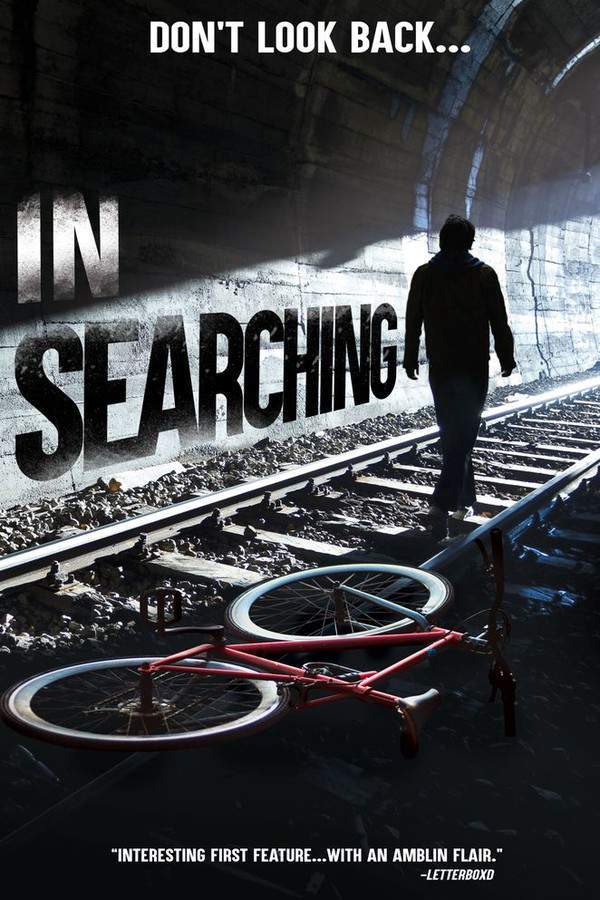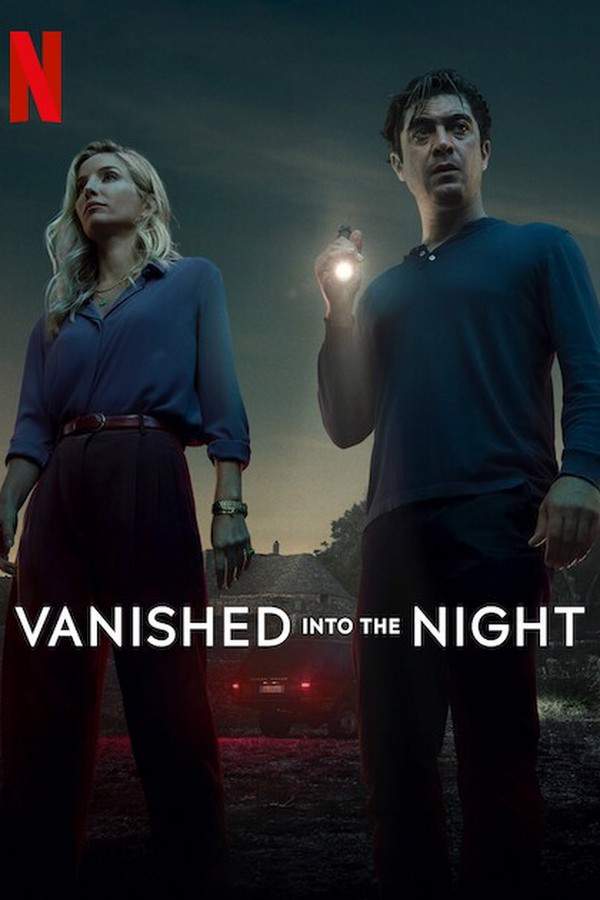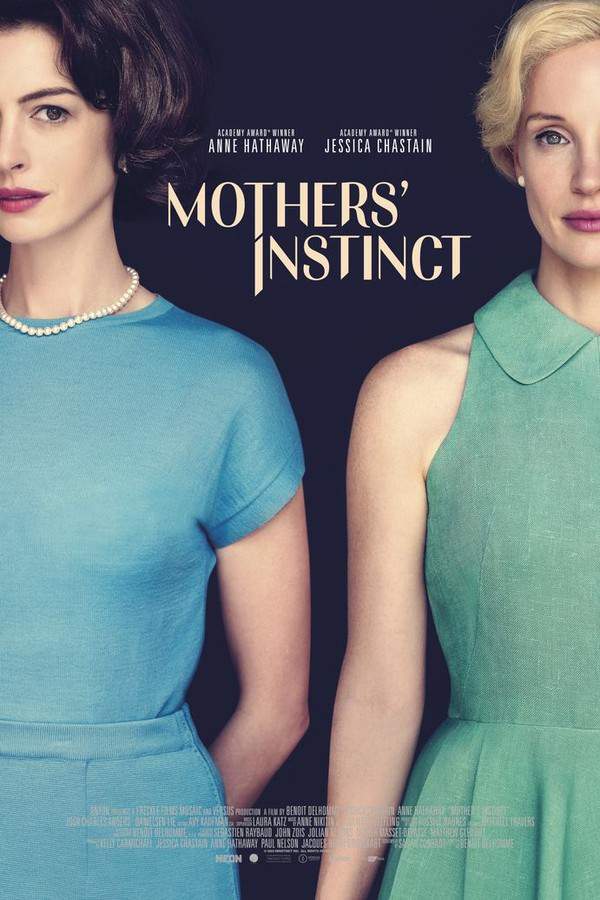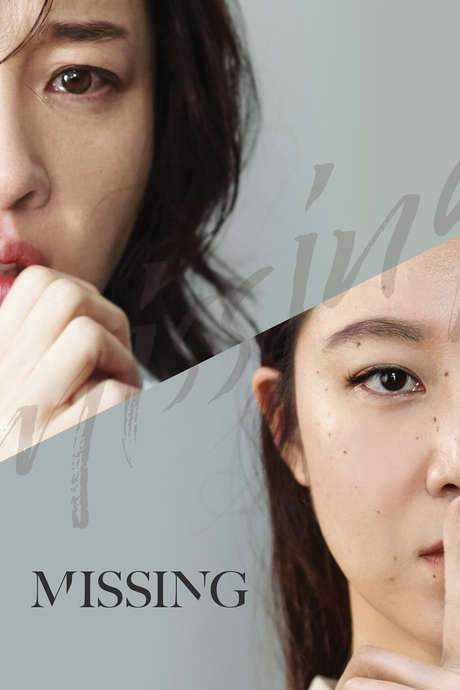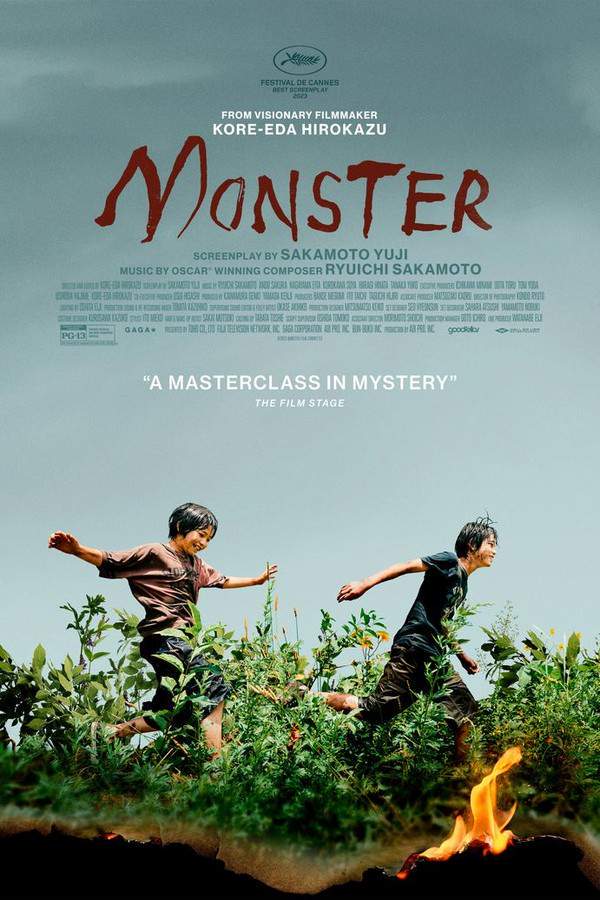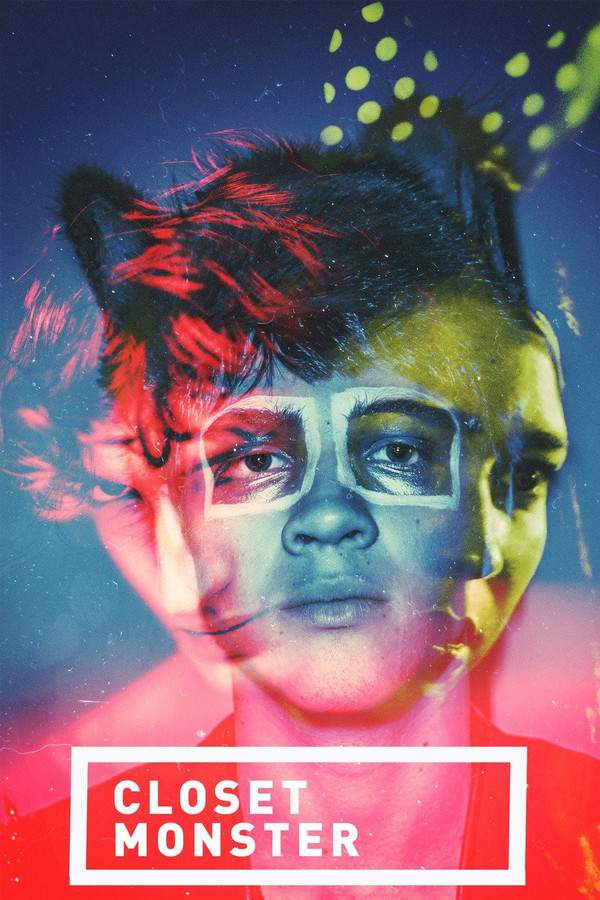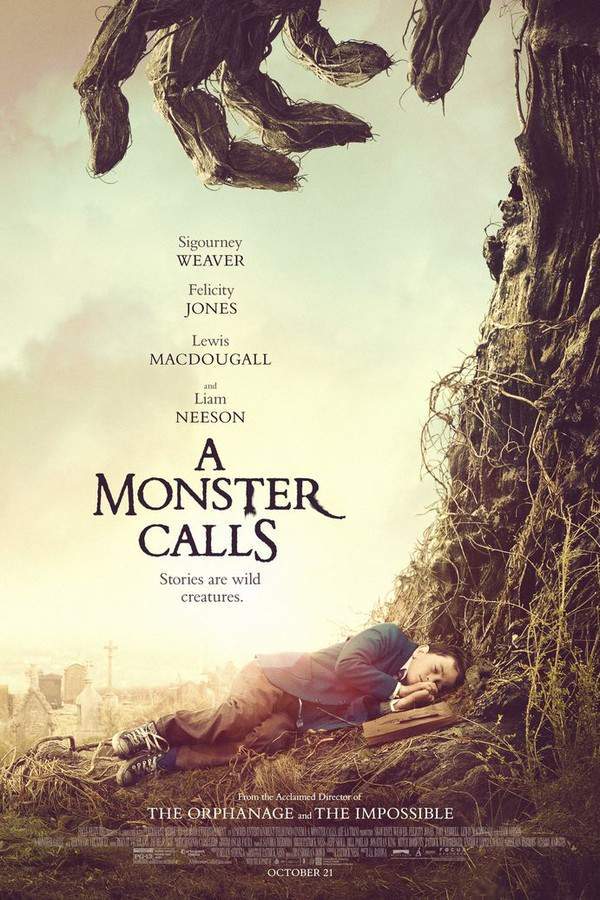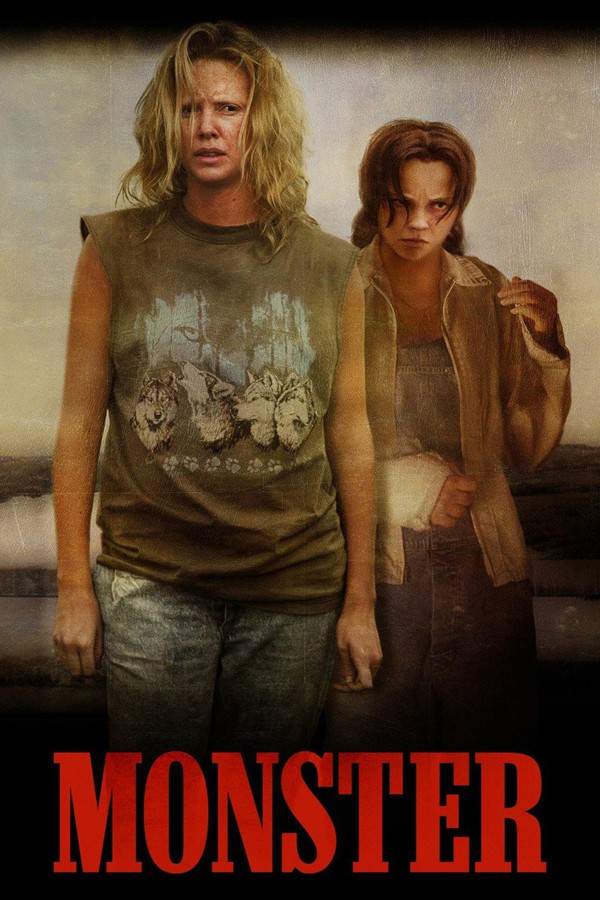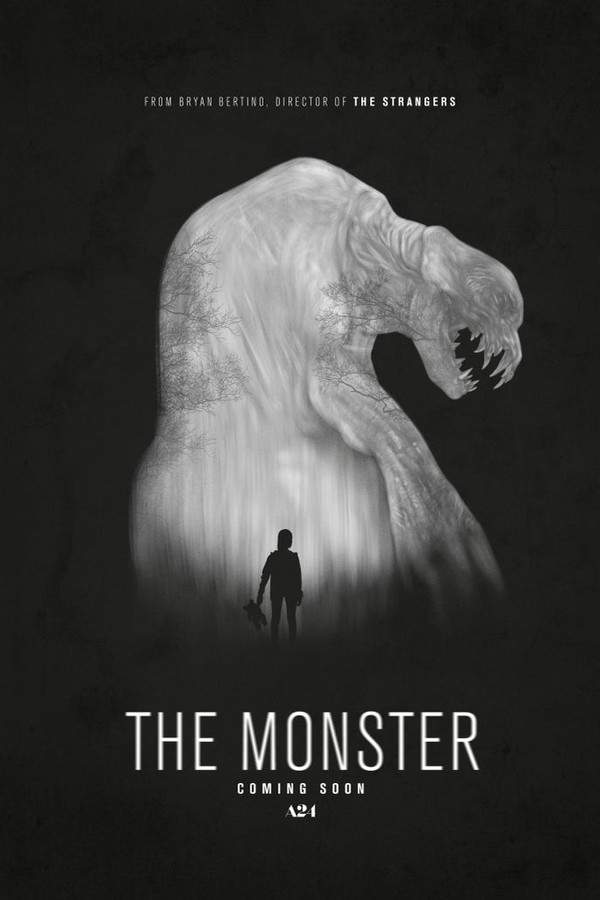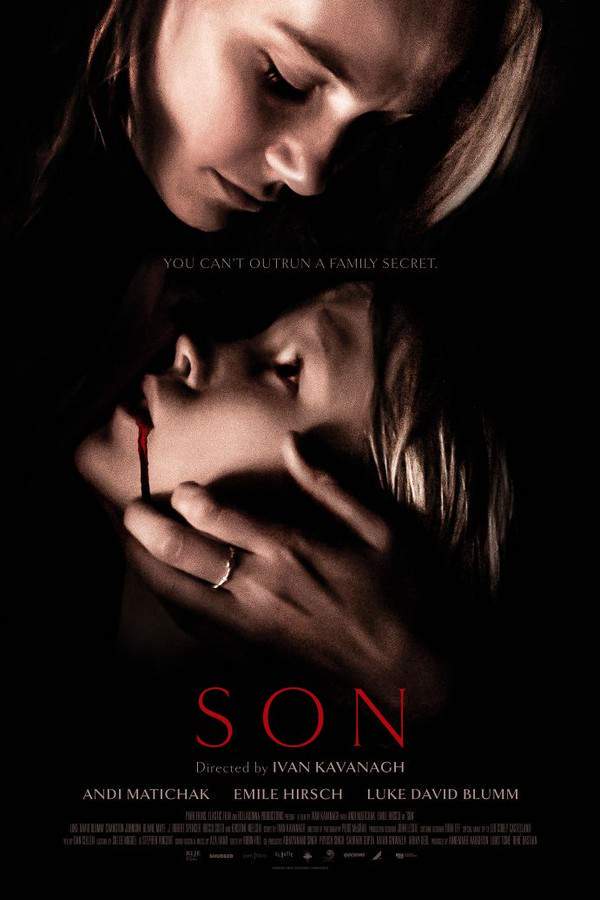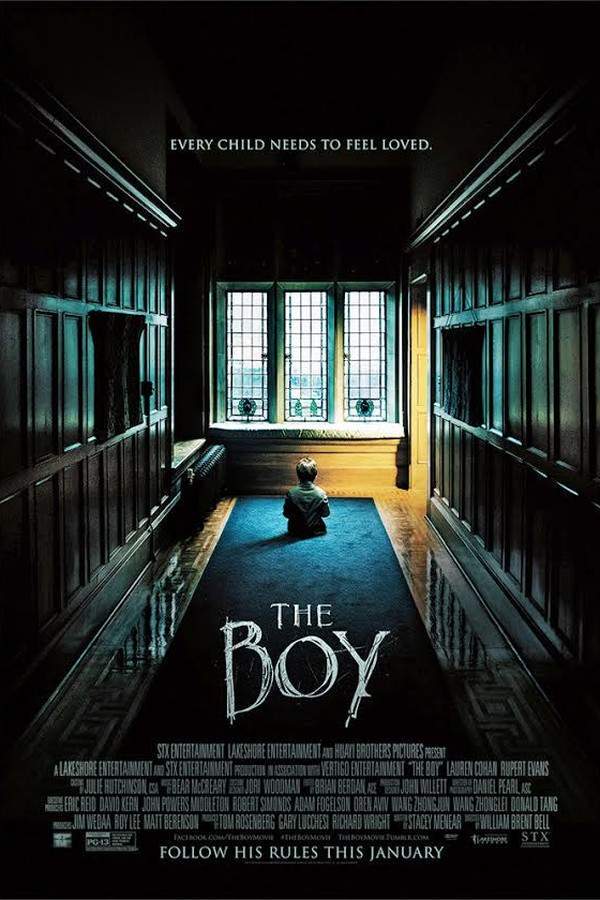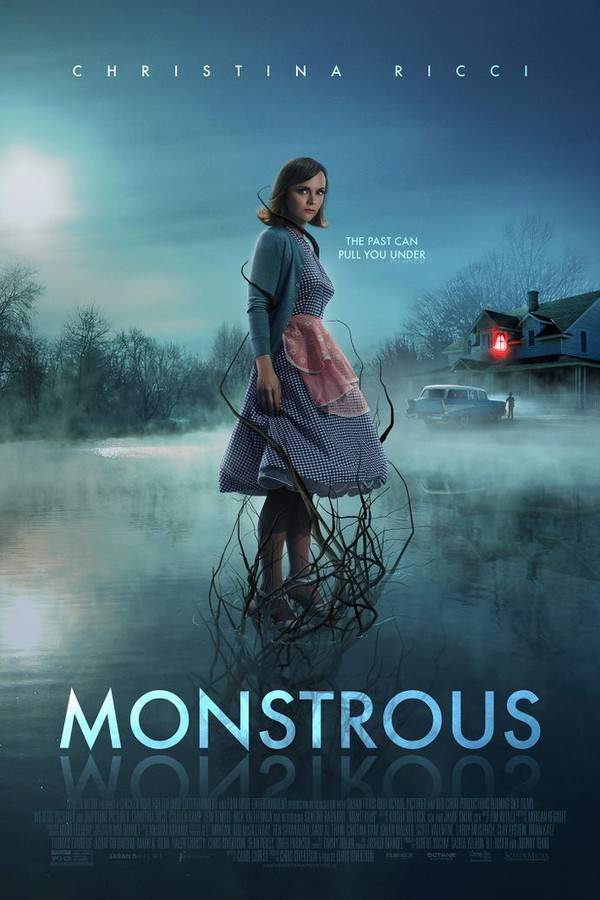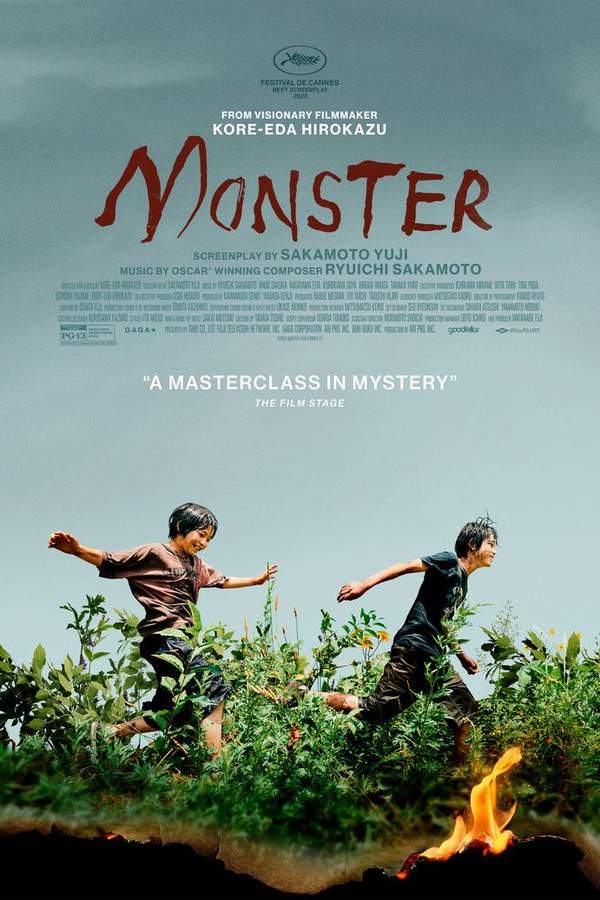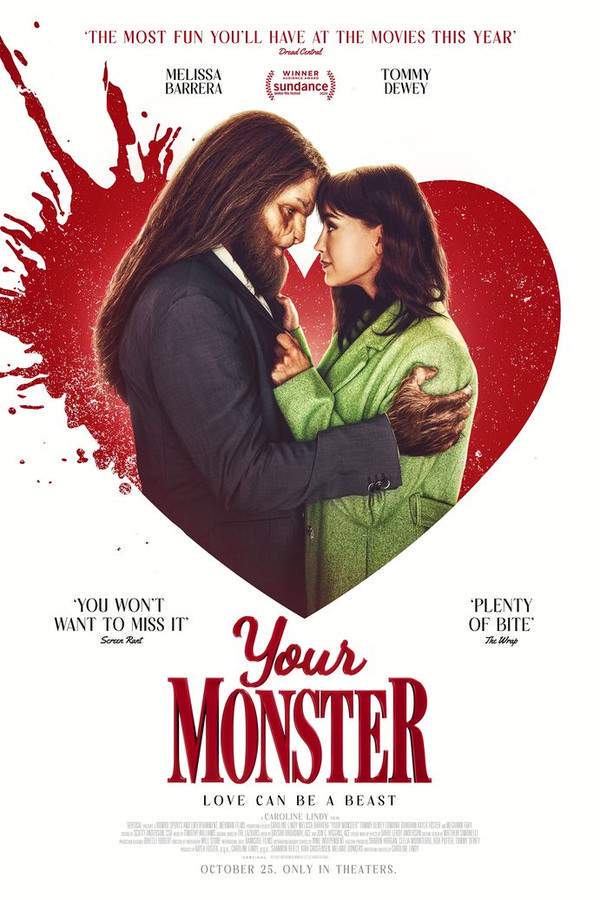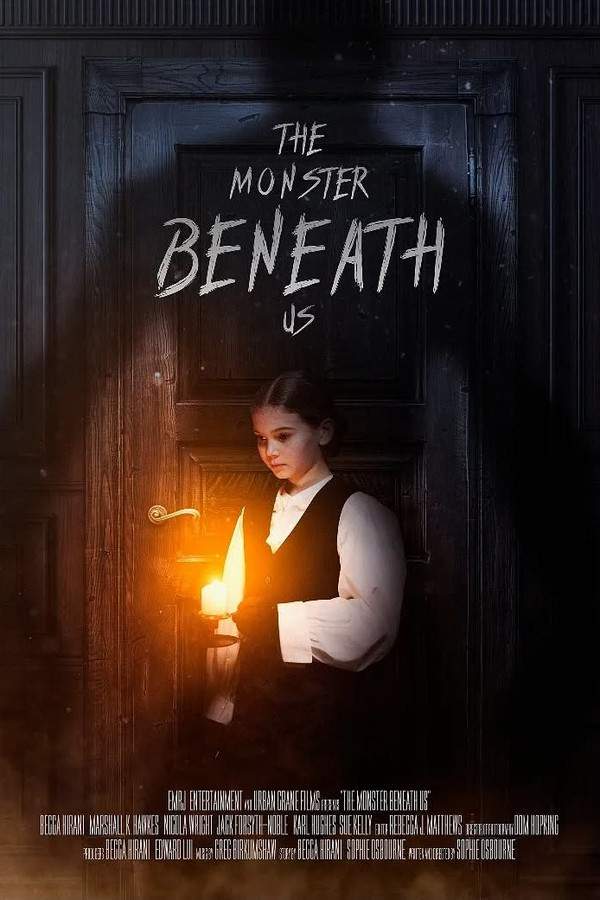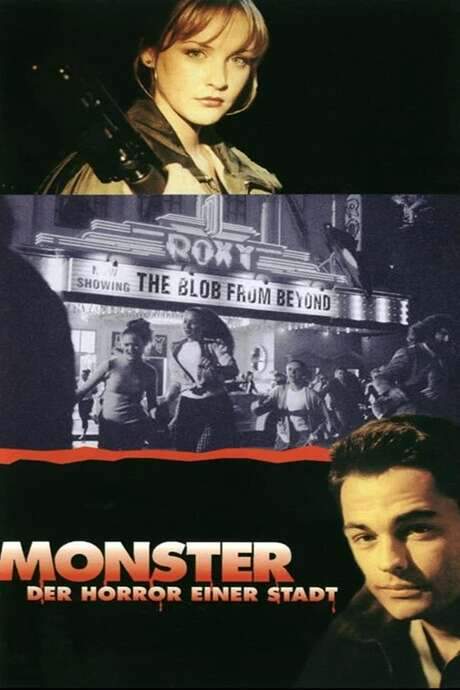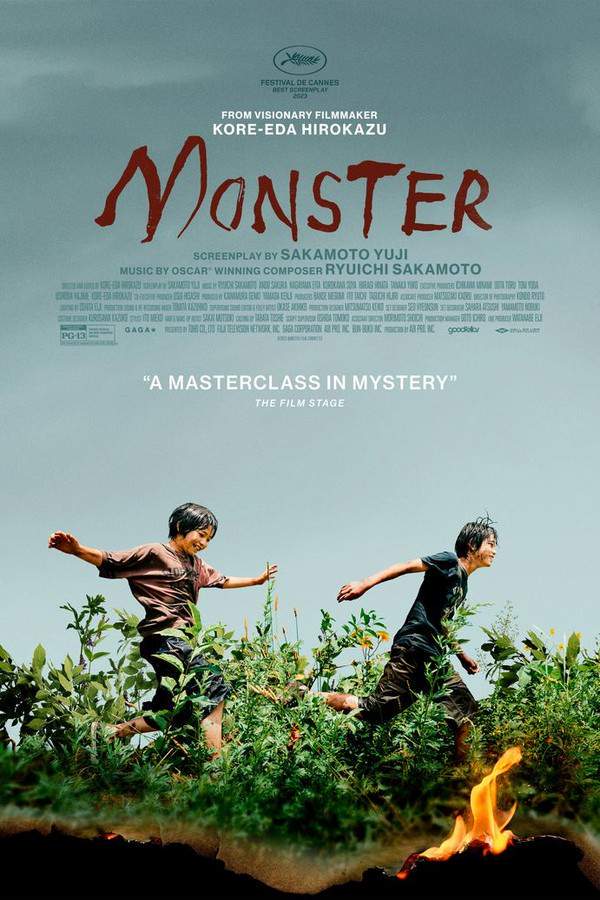
Monster
A mother's concern grows as her son exhibits increasingly strange behavior. Investigating the unsettling events at his school, she uncovers a disturbing secret and embarks on a frantic search to understand the sinister forces influencing her child's mind. The desperate search reveals a complex situation with potentially dangerous consequences for her son and those around him.
Warning: spoilers below!
Haven’t seen Monster yet? This summary contains major spoilers. Bookmark the page, watch the movie, and come back for the full breakdown. If you're ready, scroll on and relive the story!
Monster (2023) – Full Plot Summary & Ending Explained
Read the complete plot breakdown of Monster (2023), including all key story events, major twists, and the ending explained in detail. Discover what really happened—and what it all means.
Saori Mugino, a devoted single mother, faces a troubling situation as she raises her fifth-grade son, Minato. His behavior takes a bizarre turn when he starts cutting his own hair and returns home with only one shoe. The situation escalates when one night, Minato goes missing, prompting Saori to frantically search for him. After making several calls, she ultimately finds him in an abandoned train tunnel.
Suspecting that Minato’s teacher, Mr. Hori, might be abusing him, Saori approaches the school, only to be met with indifference from the faculty. The apathy peaks when Mr. Hori offers a surface-level apology that feels insincere. Upon confronting him directly, she learns that Minato may be bullying another student, Yori. This revelation leads her to visit Yori’s home, where she discovers that he, despite his own peculiarities, is both fond of and protective towards Minato.
In a shocking twist, Mr. Hori is dismissed from his teaching position but unexpectedly reappears shortly after. In a moment of tension, Minato falls down a flight of stairs while trying to evade him. Amidst a brewing storm, Hori visits Saori’s home, only to realize that Minato has vanished yet again.
The narrative delves into Hori’s perspective, revealing his suspicions about Minato’s disruptive behavior, including troubling actions like throwing classmates’ belongings and allegedly locking Yori in a bathroom stall. Hori’s visit to Yori’s home uncovers a challenging truth; Yori’s father, Kiyotaka, struggles with alcoholism and delusion. As Saori presses for answers regarding Minato’s welfare, Hori faces mounting pressure from the school staff to remain silent for the institution’s sake, leading to his resignation.
After facing media backlash and being abandoned by his girlfriend, Hori grapples with despair, considering a drastic step from the school rooftop after Minato’s accident. In a moment of revelation during the storm, he discovers a typo in Yori’s old homework that seems to hint at Minato’s name. Realizing the connection, Hori rushes to apologize to Saori, only to find out Minato is still missing. Together, they return to the train tunnel, where they uncover an abandoned railcar partially submerged in mud, but tragically only find Minato’s discarded poncho inside.
The story circles back to Minato’s perspective; he reflects on his bond with Yori, who faces bullying for his socially awkward demeanor. The two boys become inseparable as they find solace in their friendship, even as Minato grapples with burgeoning romantic feelings and his sense of inadequacy. One fateful night, they reach a breaking point after a tense encounter with Yori’s father. In a turn of events during the storm, Minato discovers Yori abandoned in a bathtub, and together they seek refuge in their secret hideout within the abandoned railcar. As the rain clears, they emerge renewed, joyfully running through a field, hinting at a new beginning.
Last Updated: October 24, 2024 at 09:08
Ending Explained – What Happens at the End of Monster?
Still wondering what the ending of Monster (2023) really means? Here’s a spoiler-heavy breakdown of the final scene, major twists, and the deeper themes that shape the film’s conclusion.
In the end, Monster reveals that the true monsters are not external figures but often misunderstandings and misconceptions that distort our perceptions. Throughout the film, characters grapple with false accusations, rumors, and prejudice, which lead to tragic consequences. Hori is unfairly blamed for the injuries inflicted on Minato, while rumors about him and Saori damage her reputation and mental state. The school authorities, driven by their desire to protect the institution, inadvertently worsen the situation by rushing to judgments without proper investigation. Meanwhile, Minato and Yori’s friendship is kept secret because of societal pressures that equate closeness between boys with weakness or effeminacy, underscoring how fragile and distorted perceptions of masculinity can prevent genuine understanding and connection.
When we shift perspectives to Yori, it becomes clear that Minato and Yori’s bond was genuine and caring, built in secret because of fears of judgment. The film’s climax shows that the boys have found solace and happiness in their friendship, despite all the misunderstandings around them. The final scenes, filled with light and laughter, symbolize a renewal—a moment where the characters realize that their fears and prejudices were based on false monsters. In Kore-eda’s poetic style, the film closes on a note of innocence and hope, illustrating that compassion and truth can ultimately dispel the darkness created by misconceptions. The story ultimately suggests that true monsters—those born of misunderstandings—are what threaten our capacity for kindness and connection if left unchecked.
At the end of Monster, it becomes clear that the real monsters are not external figures but the misunderstandings and prejudices that distort how we see others. Throughout the film, characters fall victim to rumors, false accusations, and societal judgments that lead to tragic outcomes. Hori, the teacher, is unjustly blamed for the injuries and behavioral issues of Minato, while Saori’s reputation suffers due to unfounded rumors about her and her son. The school authorities, eager to protect their image, rush to judge Hori without thorough investigation, making the situation worse. Meanwhile, Minato and Yori’s friendship is kept secret because societal stereotypes associate closeness between boys with weakness or effeminacy, revealing how fragile and damaging perceptions of masculinity can be.
When the story shifts to Yori’s perspective, we learn that Minato and Yori’s bond was authentic and nurturing. The boys’ friendship, kept hidden out of fear of ridicule, is a symbol of genuine connection amid the chaos of misunderstanding. The final scenes depict the two boys happily playing together, unburdened by the fears that once haunted them—a moment of innocence and hope. Kore-eda’s poetic style emphasizes that these “monsters”—the falsehoods and prejudices—are ultimately illusions that can be dispelled through compassion and truth. The ending suggests that it is our own misconceptions that pose the greatest threat to kindness and human connection, but there is always room for redemption and understanding when we choose empathy over suspicion.
In the end, Monster shows us that the true monsters are not external threats but the misunderstandings, rumors, and prejudices that distort reality. The characters are caught in a web of false accusations—Hori is wrongly blamed for Minato’s injuries, Saori’s reputation is damaged by rumors, and the school’s rush to judgment only worsens the chaos. Minato and Yori’s friendship remains secret because of societal stereotypes that associate emotional closeness between boys with weakness, exposing how harmful stereotypes about masculinity can hinder genuine connection.
When the story is told from Yori’s perspective, it becomes evident that their friendship was sincere and caring, hidden out of fear rather than malice. In the final moments, the two boys, unburdened by their fears, run and laugh freely, symbolizing hope and innocence. Kore-eda’s subtle and poetic storytelling ends with a powerful reminder that the true monsters—the misunderstandings and prejudices—are illusions that can be overcome with empathy and understanding. Ultimately, the film suggests that kindness and truth are the best shields against the darkness created by false perceptions, leaving us with a message of hope that genuine human connection can triumph over ignorance.
Last Updated: June 25, 2025 at 09:01
Explore Movie Threads
Discover curated groups of movies connected by mood, themes, and story style. Browse collections built around emotion, atmosphere, and narrative focus to easily find films that match what you feel like watching right now.
Subjective truth thrillers like Monster
Stories where reality unravels through multiple, conflicting viewpoints.Explore movies like Monster that use unreliable narrators and shifting perspectives to build suspense and explore complex themes. If you enjoyed the intricate narrative puzzle of Monster, these films offer similar thought-provoking and tension-filled experiences.
Narrative Summary
Films in this thread employ a non-linear or multi-perspective structure, often revealing key information piecemeal to gradually dismantle the audience's initial assumptions. The central conflict often revolves around memory, perception, and the search for an elusive objective reality.
Why These Movies?
These movies are grouped because they share a sophisticated narrative approach that prioritizes psychological complexity over straightforward plotting. They create a unique form of engagement where the viewer is an active detective, immersed in a tense atmosphere of doubt and revelation.
Harrowing parental odysseys like Monster
A parent's frantic, emotionally devastating journey to save their child.Discover more movies like Monster, where a parent's desperate search for the truth about their child leads them into a dark and emotionally taxing investigation. These films share a heavy emotional weight and a tense, suspenseful atmosphere.
Narrative Summary
The narrative follows a protagonist, almost always a parent, whose world is upended by a threat to their child. The plot is driven by their investigation, which uncovers layer upon layer of disturbing information, leading to a climactic confrontation with the truth that is often bittersweet or tragic.
Why These Movies?
These films are united by their core emotional engine: the primal fear of a parent for their child. They share a high-stakes, tense tone, a steady pacing that builds dread, and a heavy emotional weight that leaves a lasting impact.
Unlock the Full Story of Monster
Don't stop at just watching — explore Monster in full detail. From the complete plot summary and scene-by-scene timeline to character breakdowns, thematic analysis, and a deep dive into the ending — every page helps you truly understand what Monster is all about. Plus, discover what's next after the movie.
Monster Timeline
Track the full timeline of Monster with every major event arranged chronologically. Perfect for decoding non-linear storytelling, flashbacks, or parallel narratives with a clear scene-by-scene breakdown.

Characters, Settings & Themes in Monster
Discover the characters, locations, and core themes that shape Monster. Get insights into symbolic elements, setting significance, and deeper narrative meaning — ideal for thematic analysis and movie breakdowns.

Monster Ending Explained
What really happened at the end of Monster? This detailed ending explained page breaks down final scenes, hidden clues, and alternate interpretations with expert analysis and viewer theories.

Monster Spoiler-Free Summary
Get a quick, spoiler-free overview of Monster that covers the main plot points and key details without revealing any major twists or spoilers. Perfect for those who want to know what to expect before diving in.

More About Monster
Visit What's After the Movie to explore more about Monster: box office results, cast and crew info, production details, post-credit scenes, and external links — all in one place for movie fans and researchers.

Similar Movies to Monster
Discover movies like Monster that share similar genres, themes, and storytelling elements. Whether you’re drawn to the atmosphere, character arcs, or plot structure, these curated recommendations will help you explore more films you’ll love.
Explore More About Movie Monster
Monster (2023) Scene-by-Scene Movie Timeline
Monster (2023) Movie Characters, Themes & Settings
Monster (2023) Ending Explained & Theories
Monster (2023) Spoiler-Free Summary & Key Flow
Movies Like Monster – Similar Titles You’ll Enjoy
Monster (2021) Spoiler-Packed Plot Recap
Closet Monster (2016) Spoiler-Packed Plot Recap
A Monster Calls (2016) Ending Explained & Film Insights
Monster (2003) Detailed Story Recap
The Monster (2016) Movie Recap & Themes
Son (2021) Detailed Story Recap
The Boy (2015) Ending Explained & Film Insights
Monstrous (2022) Full Summary & Key Details
Monster (2024) Story Summary & Characters
Your Monster (2024) Complete Plot Breakdown
The Monster Beneath Us (2025) Full Movie Breakdown
M.O.M. Mothers of Monsters (2020) Spoiler-Packed Plot Recap
The Good Son (1993) Movie Recap & Themes
My Monster Mom (2008) Film Overview & Timeline
Monster! (1999) Plot Summary & Ending Explained

